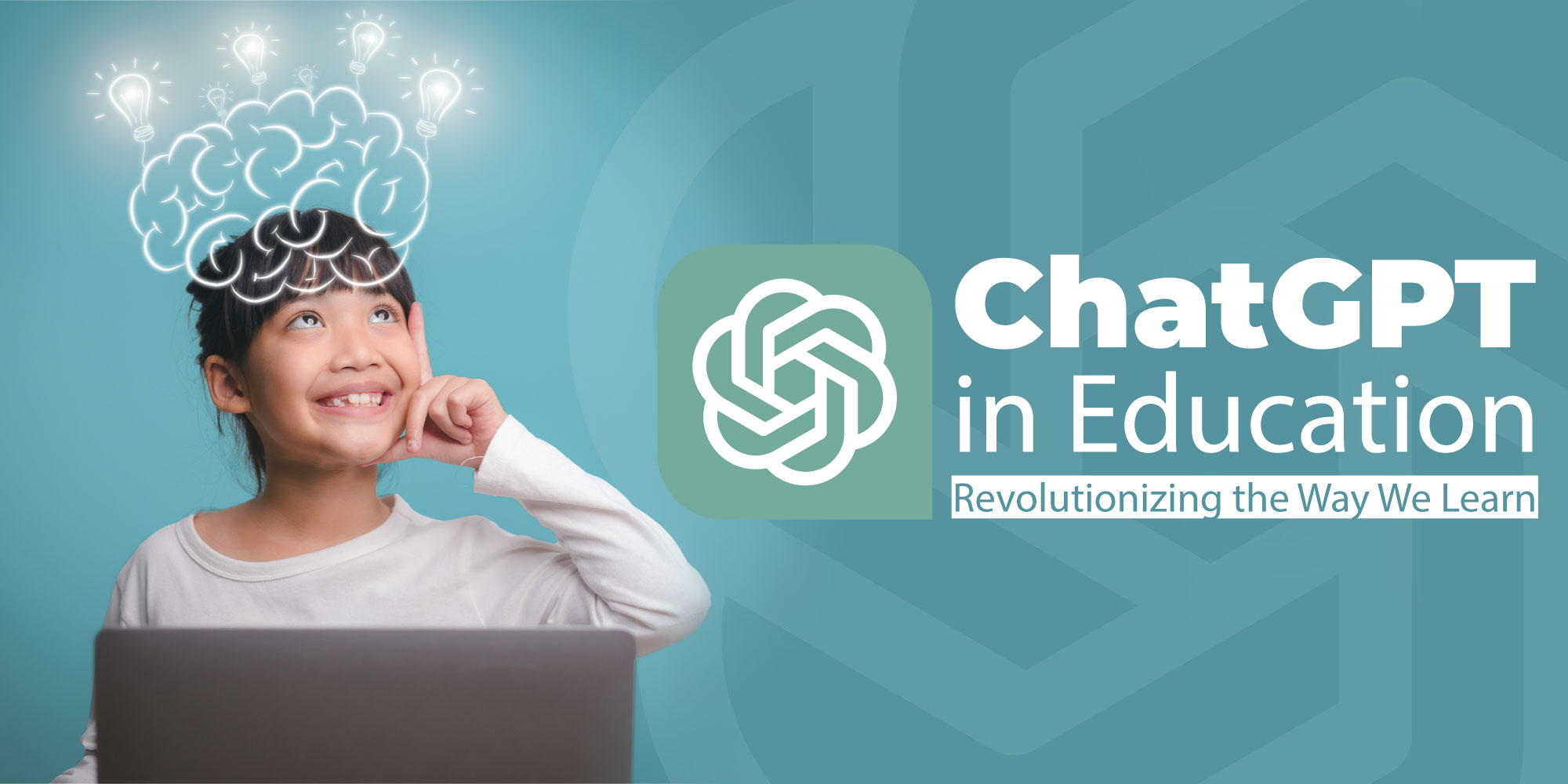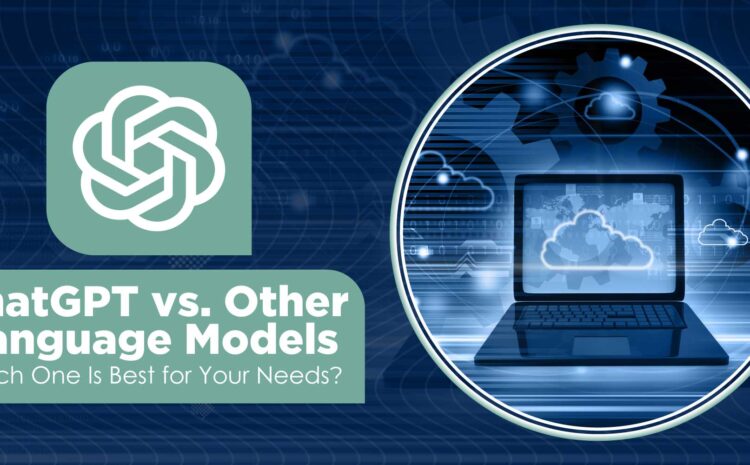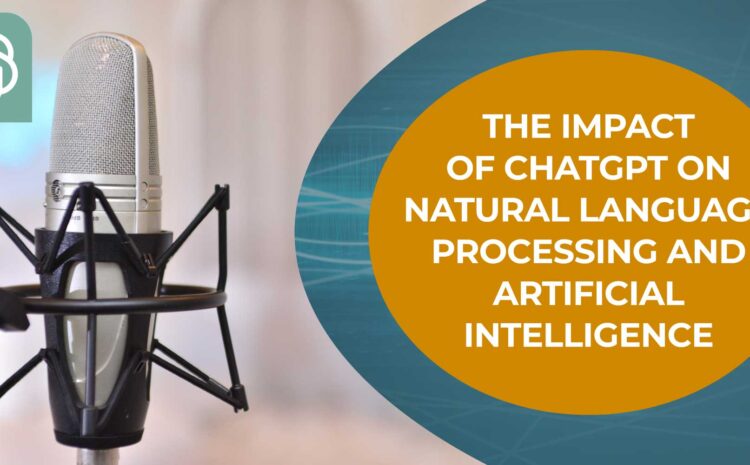Hello, dear reader! Welcome back to our blog, and thank you for taking the time to delve into the exciting world of AI with us. Today, we’re shining a spotlight on a transformative area of technology: the use of AI, specifically ChatGPT, in education. The topic of our exploration is “ChatGPT in Education: Revolutionizing the Way We Learn.” In this post, we will investigate how ChatGPT is being used to support language learning, generate educational content, and improve accessibility for students with disabilities.
Developed by OpenAI, ChatGPT is a large-scale language model that has made a significant impact in various sectors. As we continue to navigate an increasingly digitized world, the potential for AI to revolutionize learning is immense, and ChatGPT is at the forefront of this transformation.
Let’s start with language learning. Mastering a new language is an incredibly rewarding yet often challenging endeavor. Traditional methods can sometimes fall short, particularly when learners lack opportunities for immersive, real-time conversation. This is where ChatGPT shines. Its ability to generate coherent, contextually relevant, and grammatically correct sentences in multiple languages makes it an excellent tool for language learning. It can simulate complex conversations, allowing students to practice their skills in a safe and responsive environment. Whether you’re a beginner learning basic vocabulary and sentence structure or an advanced student practicing nuanced conversation, ChatGPT can be a valuable practice partner. It’s available round the clock, ready to answer language-related queries, and provide examples of correct usage. By making language learning more engaging and interactive, ChatGPT is transforming traditional language learning models.
Next, let’s delve into the realm of educational content generation. Teachers and educators worldwide are well-acquainted with the time and effort required to prepare effective learning materials. This is another area where AI, specifically ChatGPT, offers promising solutions. ChatGPT can generate a broad range of educational content rapidly and at scale. This includes lesson summaries that reinforce key learning points, quiz questions that test understanding, and essay prompts that spark creativity and critical thinking. Furthermore, it can adapt to various academic levels and subjects, making it a versatile tool for educators. By automating parts of the content generation process, ChatGPT not only lightens the load for educators but also enables personalized learning experiences. It can help tailor learning materials to suit individual student needs, paving the way for more inclusive and effective education.
Finally, we turn to a critical issue: accessibility. For students with disabilities, traditional learning environments can often present barriers. ChatGPT offers potential solutions to improve educational accessibility significantly. For students with reading difficulties or visual impairments, ChatGPT can convert written content into spoken words, creating a more accessible learning environment. For students with hearing impairments, it can provide real-time transcription services, converting spoken words into written text. For those with physical disabilities that make traditional computer interaction challenging, ChatGPT can offer alternative, voice-based methods of engagement. By leveraging AI, we can make strides towards ensuring that every student, regardless of their abilities, has access to quality education.
While the potential of ChatGPT in education is vast, it’s important to acknowledge the challenges that come with the incorporation of AI in learning environments. These include addressing the potential biases that AI might learn and perpetuate from its training data, ensuring the privacy of students’ data, and preventing an over-reliance on AI at the cost of human interaction and critical thinking. As we embrace the benefits of AI, it’s essential to remain vigilant about these issues and work continuously towards solutions.
Despite these promising applications, it’s important to remember that AI tools like ChatGPT should serve as aids to, not replacements for, human educators. The value of human interaction, empathy, and understanding in the education process cannot be overstated. Teachers bring a level of personal connection, motivation, and context understanding that AI currently cannot replicate. However, by taking over some of the more time-consuming tasks, AI can free up educators to focus more on these uniquely human aspects of teaching.
Moreover, as we integrate AI into education, it’s critical to provide students, educators, and parents with adequate knowledge about these tools. Understanding how AI works, its benefits, and its limitations can ensure its ethical and effective use. It’s equally important to instill a sense of digital citizenship in students, helping them navigate this digital landscape responsibly and safely.
Looking ahead, the role of AI in education will continue to evolve. Continued research and innovation will address current limitations and open up new possibilities. For instance, we might see more sophisticated personalized learning systems, more effective tools for special education, and even applications we can’t yet imagine.
There’s no doubt that the integration of AI in education comes with challenges. But with careful thought, ongoing research, and a commitment to ethics and inclusivity, AI has the potential to profoundly enrich our learning environments. As we navigate this exciting frontier, tools like ChatGPT will continue to play a pivotal role in shaping the future of education.
In conclusion, ChatGPT’s role in education is undeniably transformative. By bolstering language learning, automating educational content generation, and improving accessibility, it is truly revolutionizing the way we learn and interact with educational content. This revolution is not just about making education more efficient—it’s about making it more inclusive, engaging, and personalized.
Thank you for joining us on this exploration of ChatGPT in education. We hope this discussion has illuminated the transformative potential of AI in learning, and we look forward to sharing more insights about the exciting world of AI with you in the future. While you’re here, check out some of our other posts. We have a wide range of topics for you to choose from, so we’re positive you’ll find something of interest.




